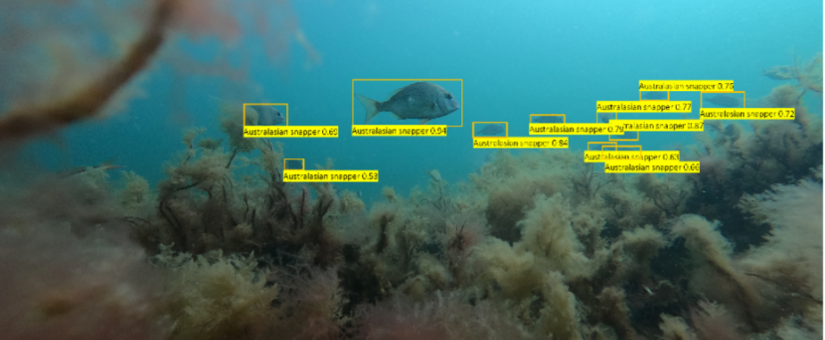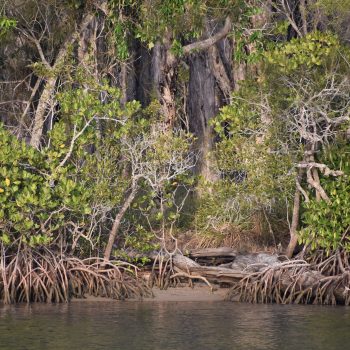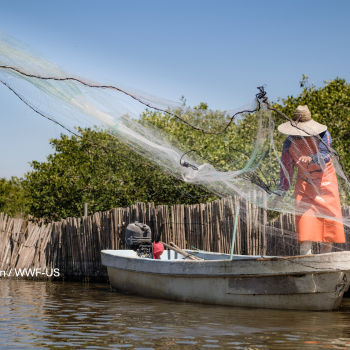
Fish AI Consortium Presentation: Rapid improvements in fisheries monitoring with underwater computer vision
- Posted by Jasmine Hall
- On April 5, 2024
Written by Jasmine Hall and edited by Alex White
In March 2024, Professor Rod Connolly presented at the inaugural Fish AI Consortium seminar series, showing how automation using underwater computer vision is transforming fisheries science and empowering conservation practitioners in the coastal and marine space.
He shared results from three case studies comparing restored and natural sites in mangrove restoration, surveying fish abundance and size in restored shellfish reefs, and sea cucumber benthic fishery stock assessment.
Rod demonstrated that this rapidly maturing technology effectively assesses important marine species’ parameters crucial for biodiversity and fisheries in various ecosystems and regions. He is confident that providing robust and repeatable survey methods forms a sound basis to inform decision-making in areas such as environmental accounting.
Watch Rod’s seminar below and contribute to the Fish AI Consortium website discussion.
What is FishID?
FishID is an inventive new suite of tools developed by the Global Wetlands Project (GLOW) team at Griffith University. It is a non-invasive approach that uses automated data extraction on sturdy and inexpensive camera systems to record videos and photos that provide a step-change in efficiency for monitoring fish and aquatic plants.
The team collaborates with fisheries managers and conservation NGOs to overcome barriers that hinder efficient monitoring in scenarios that are often difficult to access, dangerous or prohibitively expensive.
The system provides customised solutions to suit clients’ needs and can to be deployed on underwater drones, static mounts or stereo cameras to provide comprehensive and reliable data. Automation streamlines the path from data collection to analysis and decision-making.




0 Comments